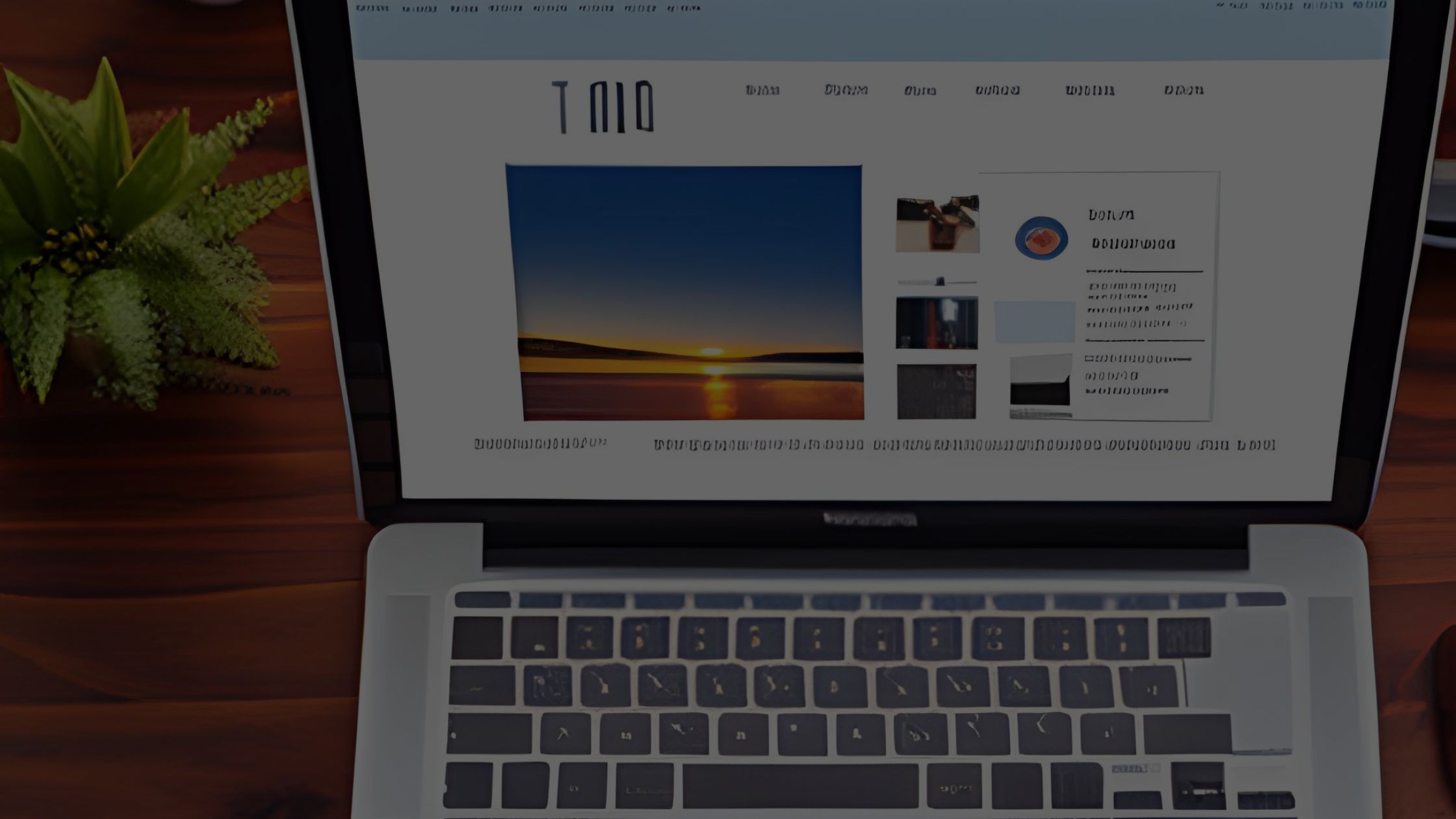Having an effective and visually appealing website design is essential for any business or individual looking to establish a strong online presence. However, not everyone is a professional website designer, and navigating the world of website design can be challenging.
We’ve compiled the top 10 website design tips for non-designers to help you craft a captivating and user-friendly website that leaves a lasting impression on your visitors.
1. Start your Website Design process with a Clear Purpose
Your website’s purpose should be crystal clear to visitors within seconds of landing on your page. Whether you’re selling products, providing information, or showcasing your portfolio, make sure your main objective is immediately apparent.
2. Simplify Navigation
Simple and intuitive navigation is key to keeping visitors engaged. Organize your content into clear categories and use descriptive labels for menu items. Visitors should be able to find what they’re looking for without confusion.
3. Optimize for Mobile
With the majority of internet users accessing websites from mobile devices, it’s crucial to ensure your site is mobile-responsive. This means your website design should adapt seamlessly to different screen sizes, providing a consistent and enjoyable experience for all users.
4. Choose a Clean and Readable Typography
The choice of typography greatly impacts the readability of your website. Stick to easy-to-read fonts and maintain consistent font sizes throughout your site. Avoid using too many fonts to maintain a clean and professional appearance.
5. Use High-Quality Visuals
Visuals are a powerful way to convey your message. Incorporate high-quality images and graphics that align with your brand. Avoid using stock photos that feel generic; instead, opt for authentic visuals that resonate with your audience.
6. Embrace White Space
White space, or negative space, is the empty area between elements on a webpage. It helps improve readability, guide the user’s eye, and create a balanced design. Don’t be afraid to let your content breathe.
7. Consistency is Key during website design
Maintain a consistent design throughout your website. This includes using a cohesive color scheme, uniform typography, and consistent layouts. Consistency builds trust and professionalism.
8. Utilize Calls to Action (CTAs) in your Website Design
Guide your visitors toward desired actions with clear and compelling CTAs. Whether it’s signing up for a newsletter, making a purchase, or contacting you, strategically place CTAs to prompt user interaction.
9. Test User Experience
Regularly test your website’s user experience. Navigate through your site as a visitor and identify any usability issues. Addressing these concerns enhances user satisfaction and keeps them coming back.
10. Keep your Website Design Fast and Functional
A slow-loading website can deter visitors. Optimize images and minimize plugins to ensure quick loading times. Additionally, regularly update your site’s software and security measures to maintain its functionality.
FAQs
How can I choose the right color scheme for my website?
Select a color scheme that aligns with your brand identity and evokes the desired emotions in your visitors. Use color psychology to guide your choices, considering how different colors resonate with your target audience.
Is it necessary to hire a professional website designer?
While hiring a professional designer can certainly elevate your website’s design, these tips are designed specifically for non-designers. By following them closely and utilizing user-friendly design tools, you can create an impressive website on your own.
What’s the importance of having a responsive website?
Responsive websites adapt to various screen sizes, ensuring a seamless experience for users across devices. This enhances user satisfaction, improves search engine rankings, and expands your reach to mobile users.
Can I use multiple fonts on my website?
While it’s possible to use multiple fonts, it’s recommended to stick to a maximum of three complementary fonts to maintain a cohesive and polished appearance.
How do I ensure my website’s security?
Regularly update your website’s software and plugins to address potential security vulnerabilities. Additionally, consider using HTTPS encryption to protect user data and build trust.
What’s the role of storytelling in website design?
Storytelling in web design involves using visuals, content, and design elements to convey a narrative that resonates with your audience. It creates an emotional connection, making your brand more relatable and memorable.
Conclusion
Creating an exceptional website doesn’t require a design degree; it requires an understanding of fundamental design principles and a commitment to delivering a remarkable user experience. By implementing these top 10 website design tips for non-designers, you’ll be well on your way to crafting an engaging online presence that captivates visitors and drives meaningful interactions.




